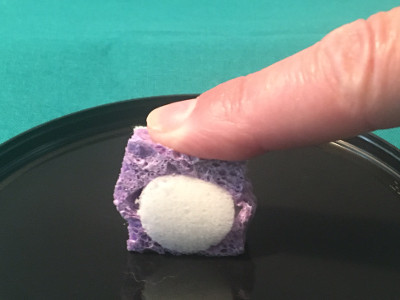Microtissue Research for the Classroom
The modern biomedical researcher uses tools which require interdisciplinary cooperation. In our research, we work as a team to develop computer controlled devices which facilitate 3D cell culture observation and modelling. Exposing students to this style of cooperative, interdisciplinary work has many benefits. Students can observe and control the tools being used in our lab and observe a style of colaboration which is at the core of successful academic and scientific endeavor. To support educators we have written a series of lessons and created an online explorartion of the micropalpation process.
BME undergraduate students Paula, Yannis and Alex visited Howell Cheney Technical High School and gave a lecture on ‘Stiffness analysis of biomaterials.’ In the lecture, they explained principles of biomaterial characterization. Operation of the micromanipulator at Hoshino lab was also demonstrated through the internet.

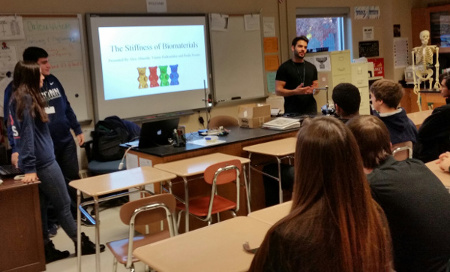
Our microrobotics is not only for research!
Through our study, we produce several low-cost DIY robotic systems, which can also serve as a strong tool for STEM education. The image shows the operation of the micromanipulator we have used in many of our recent studies.
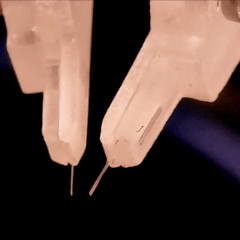
The motion of this chop-stick-like microdevice can be controlled by the Leap Motion controller. Video clip (2.8MB)
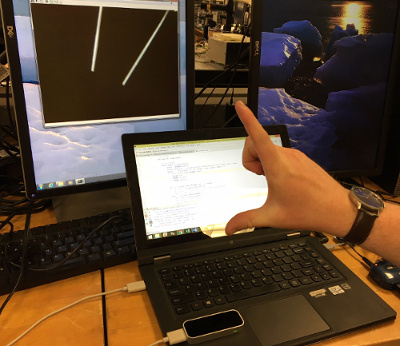
The tool is really easy to use. In the photograph below, BME senior Jack Peters operates the tweezers with future inventors attending the Connecticut Invention Convention.
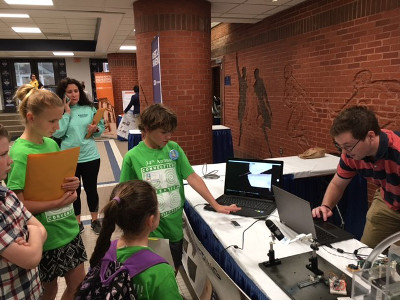
DIY robotic tools for STEM education
We work with local school teachers to create tools and activities that can be used at their schools. A high school teacher Diane Walsh developed an indentation device and used it in her class. Her device is a “large scale” version of the micro indentation tool we built for our recent studies such as Jaiswal2017 and Jaiswal2018. Details of the teaching activities she developed is available through TeachEngineering website as a hands-on activity named Let’s Get Cracking!.
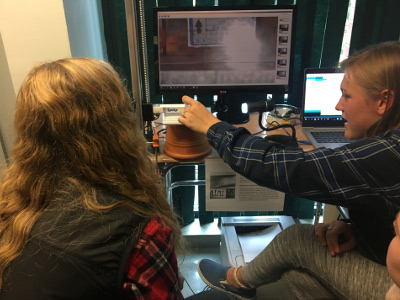
She also used sponge phantoms (see also Microtissue Characterization page) to explain the heterogeneity of biological tissues.
